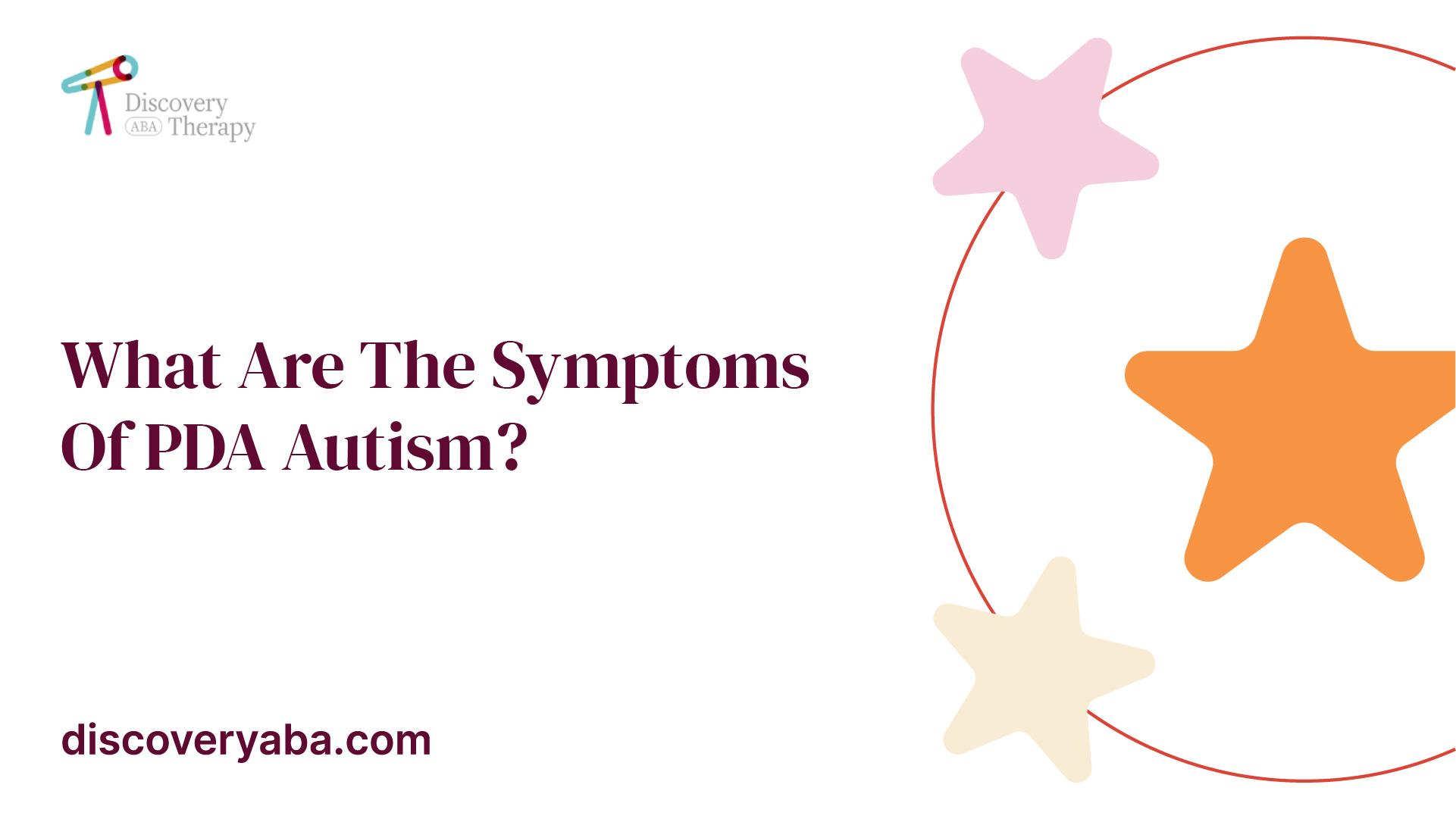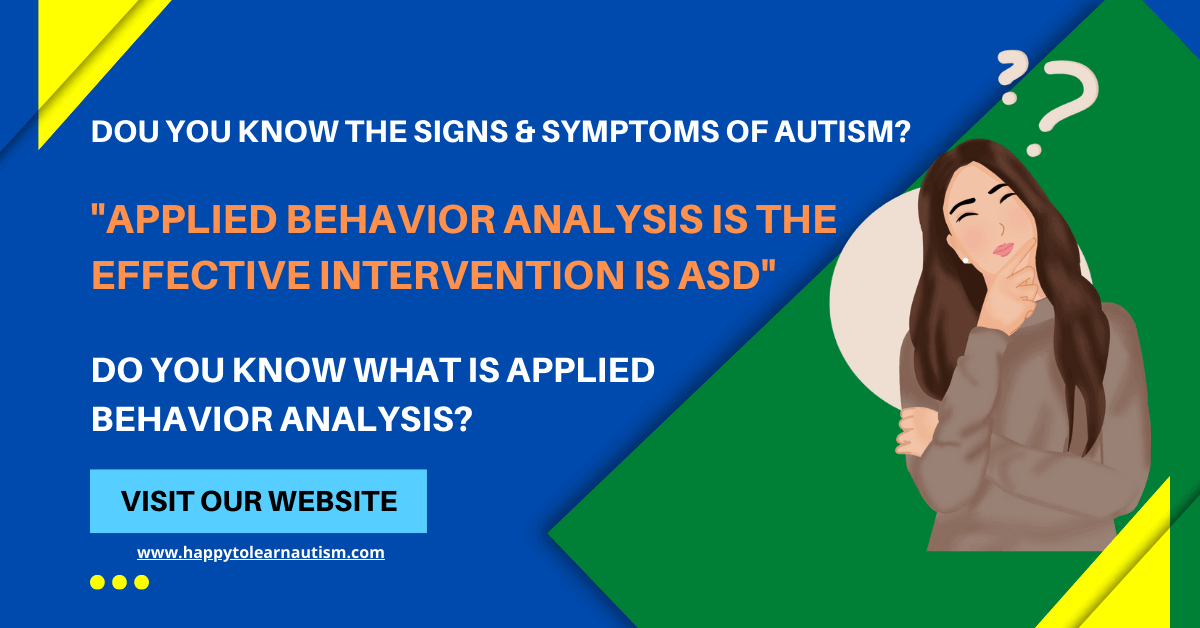Everyday adjustments that Autism Spectrum Therapies professionals swear by
Everyday adjustments that Autism Spectrum Therapies professionals swear by
Blog Article
Recognizing the Effect of Behavioral Autism on Day-to-day Live and Social Communications
You might not understand how deeply behavior autism affects everyday life and social communications. Individuals on the range usually navigate a world full of communication difficulties and sensory overload. These challenges can cause aggravation and seclusion, impacting their partnerships and total health. Understanding these nuances is necessary for promoting encouraging atmospheres. What strategies can we apply to develop even more comprehensive rooms and purposeful connections? The solutions might amaze you.
Defining Behavior Autism and Its Qualities
Behavioral autism, commonly referred to as autism spectrum condition (ASD), includes a series of conditions characterized by obstacles in social interaction, communication, and repetitive behaviors. You could discover that people with ASD often struggle to analyze social signs, which can result in misconceptions in conversations. They might find it hard to develop eye get in touch with or engage in tiny talk, making social situations really feel overwhelming.
Interaction troubles can show up in different means, from delayed speech advancement to a choice for utilizing fewer words. Repetitive behaviors, such as hand-flapping or shaking, can serve as coping systems to manage tension or sensory overload. These qualities can exceptionally affect life, making it important for you to understand and support those with ASD. By identifying these characteristics, you can promote an atmosphere that promotes approval and motivates efficient interaction, assisting people with autism prosper in their daily communications.
The Range of Autism: Comprehending Variability in Actions
Autism spectrum problem (ASD) isn't a one-size-fits-all diagnosis; it varies commonly amongst individuals. You might come across people who are highly spoken and engage conveniently in conversations, while others could like solitary tasks or interact non-verbally.
Furthermore, the method people with ASD respond to sensory input can vary significantly; some could be overwhelmed by loud sounds or intense lights, whereas others grow in boosting atmospheres. The spectrum also consists of differences in social interactions; some people might struggle to interpret social signs, while others navigate social settings with relative simplicity. Comprehending this irregularity is crucial, as it helps you appreciate each individual's special experience and tailor assistance to their certain requirements, cultivating a more comprehensive environment for everyone.
Communication Challenges Dealt With by Individuals With Autism
When you connect with people on the autism spectrum, you might notice their unique communication challenges. They often encounter problems with both verbal and nonverbal signs, which can impact their social communications. Understanding these obstacles is vital for cultivating far better connections and assistance.

Verbal Communication Troubles
Numerous people on the autism range experience spoken interaction troubles that can significantly influence their everyday interactions. You could find it testing to reveal your ideas, feelings, or requires plainly. This can result in stress for both you and those around you, as misconceptions take place. You may struggle with launching conversations, preserving a topic, or understanding subtleties in speech. Usually, you might prefer using easy language or recurring expressions, which can restrict your capability to involve in deeper conversations. Your volume, tone, or rate might not align with social expectations, triggering others to misunderstand your purposes. Identifying these obstacles can help you and your support network establish techniques to enhance interaction and foster far better connections with others in your life.
Nonverbal Interaction Obstacles
Spoken communication isn't the only difficulty individuals on the autism range face; nonverbal communication barriers can be equally as considerable. You might find it tough to translate body movement, faces, and eye get in touch with, which are vital for efficient interaction. These challenges can cause misconceptions or misinterpretations of social hints, making interactions really feel overwhelming or complex. You might have a hard time to share your very own feelings via nonverbal means, leaving others uncertain of your intentions or feelings. This disconnect can create feelings of seclusion and irritation. Recognizing these obstacles is important for promoting understanding and empathy in your communications. By addressing nonverbal communication, you can discover strategies to boost your social experiences and improve your total lifestyle.
Social Interaction Influences
Social communications can typically feel overwhelming due to the unique interaction challenges encountered by individuals with autism. Identifying these challenges can assist you find approaches to improve communication, such as practicing social abilities in risk-free setups or using visual help. Recognizing your needs enables you to navigate social interactions with greater self-confidence and ease.
Social Interaction and Partnership Building in Autism
While building partnerships can be testing for individuals with autism, comprehending their one-of-a-kind point of views and interaction designs can cultivate meaningful links. You could notice that lots of people on the range prefer direct communication and might have problem with social hints or tiny talk. By being straightforward in your interactions, you can assist produce a setting where they feel comfortable.
Involving in shared passions can also serve as a bridge to deeper connections. Whether it's a pastime, a preferred show, or a common enthusiasm, these common strings can open up doors to friendship.
Life Routine: Navigating Difficulties and Techniques
Steering life regimens can be particularly testing for people with autism, specifically when unforeseen changes happen. You might locate comfort in having a structured routine, as it assists you anticipate what's following. When disturbances happen, it's regular to really feel distressed or overwhelmed. To navigate these challenges, consider executing visual routines or checklists. These tools can give clearness and confidence.
Establishing a regimen that includes sensory breaks can likewise be helpful. This helps develop an understanding environment.
Last but not least, method mindfulness strategies to manage anxiety and stress and anxiety. Simple breathing exercises or basing techniques can make a considerable distinction. By incorporating these methods, you can boost your everyday routine and lessen interruptions, making life really feel more workable.
Strengths and Capacities of People on the Autism Range
Comprehending day-to-day live regimens is just one facet of the autism experience. Lots of people on the autism spectrum possess exceptional staminas and abilities that set them apart. You could locate that your interest to information is outstanding, allowing you to stand out in tasks that call for accuracy and focus. Your capability to think outside package can lead to cutting-edge remedies in various situations.
Furthermore, your memory abilities typically beam, particularly in areas of passion. Autism Spectrum Therapies. This knack for maintaining details can make you a valuable source in areas like modern technology, science, or art. You may additionally display solid visual reasoning, allowing you to picture complicated concepts and fix problems artistically
In addition, your distinct perspective on the globe can foster empathy and understanding in others, enhancing social communications. Accepting these staminas not just boosts your confidence yet likewise helps others appreciate the diverse abilities you bring to the table.
Developing Comprehensive Environments for People With Autism
Producing inclusive settings for individuals with autism starts with creating sensory-friendly rooms that satisfy their distinct requirements. You can likewise promote chances for social communication, helping to build friendships and links. By making these changes, you'll add to an extra welcoming ambience for every person.
Creating Sensory-Friendly Spaces
While developing sensory-friendly areas, it's crucial to review the distinct needs of individuals with autism. Beginning by choosing soothing shades and soft lighting to develop a comforting setting. When overwhelmed, integrate peaceful areas where individuals can pull away and charge. You'll desire to lessen loud sounds and disturbances, making use of soundproof products or white noise devices to assist preserve serenity. Think about responsive aspects like soft fabrics or fidget-friendly items that can provide convenience. Identify that rooms are versatile, enabling for simple reformation to fit various activities. Consist of visual timetables or clear signage to assist individuals navigate the check here area with confidence. By thoughtfully integrating these aspects, you can produce an inviting ambience that supports sensory needs and promotes overall well-being.
Advertising Social Communication Opportunities
Designing sensory-friendly rooms not just addresses private comfort however likewise establishes the stage for meaningful social communications among people with autism. To promote these interactions, create comprehensive environments that welcome participation. Arrange structured tasks, like art classes or team video games, that encourage collaboration without frustrating sensory input. Use aesthetic aids and clear interaction to aid everyone involve comfortably. Urge peer mentoring, pairing individuals with autism with encouraging peers who can lead them with social situations. Furthermore, consider holding regular neighborhood occasions that celebrate neurodiversity, fostering approval and understanding amongst all participants. By applying these methods, you can enhance social possibilities, assisting individuals with autism construct friendships and reinforce their social skills in a secure, welcoming atmosphere.

Regularly Asked Inquiries
How Can Friends Support Somebody With Behavioral Autism?
You can support a good friend with behavior autism by being person, paying attention proactively, and respecting their boundaries. Engage in activities they delight in, interact openly, and create a comfortable environment where they really feel valued and recognized.
What Resources Are Readily Available for Moms And Dads of Kid With Autism?
You can check out various resources for moms and dads of youngsters with autism, including support system, instructional websites, and local social work. Connecting with other parents can additionally give useful insights and shared experiences to aid browse difficulties.
Can Behavioral Autism Change Gradually?

Yes, behavioral autism can alter over time. You may notice changes in communication, social skills, and actions as your youngster grows. Early treatment and assistance commonly play vital functions in these developing changes.
Exactly How Do Sensory Level Of Sensitivities Affect Every Day Life?
Sensory level of sensitivities can make everyday experiences overwhelming. You could battle with intense lights or loud noises, resulting in stress and anxiety or avoidance. Discovering atmospheres that accommodate your needs can significantly improve your convenience and overall every day life.
What Are Usual Misconceptions Regarding Behavioral Autism?
You could assume behavioral autism just affects communication abilities, however it's more complicated. Lots of think people do not have compassion or knowledge, which isn't real. Understanding these false impressions aids foster approval and assistance for those on the range.
Behavior autism, frequently referred to as autism spectrum disorder (ASD), includes a variety of conditions defined by challenges in social interaction, communication, and repetitive behaviors.Social interactions can frequently feel overwhelming due to the unique interaction obstacles encountered by people with autism.Creating sensory-friendly rooms not just addresses private comfort but likewise sets the phase for significant social communications amongst individuals with autism. Motivate peer mentoring, matching people with autism with encouraging peers who can direct them through social situations. By executing these strategies, you can enhance social possibilities, assisting individuals with autism build relationships and enhance their social skills in a safe, inviting atmosphere.
Report this page